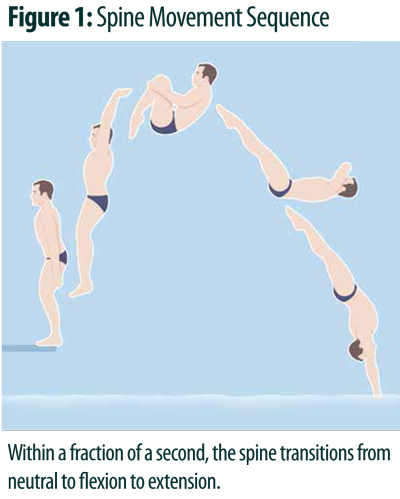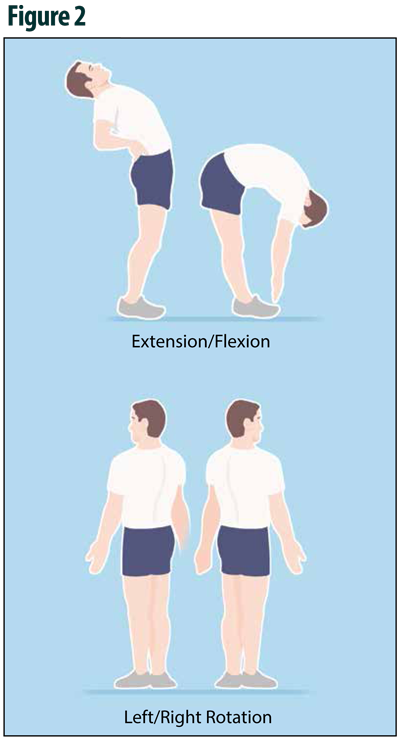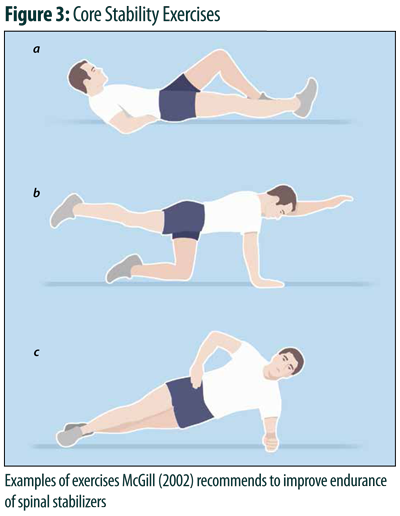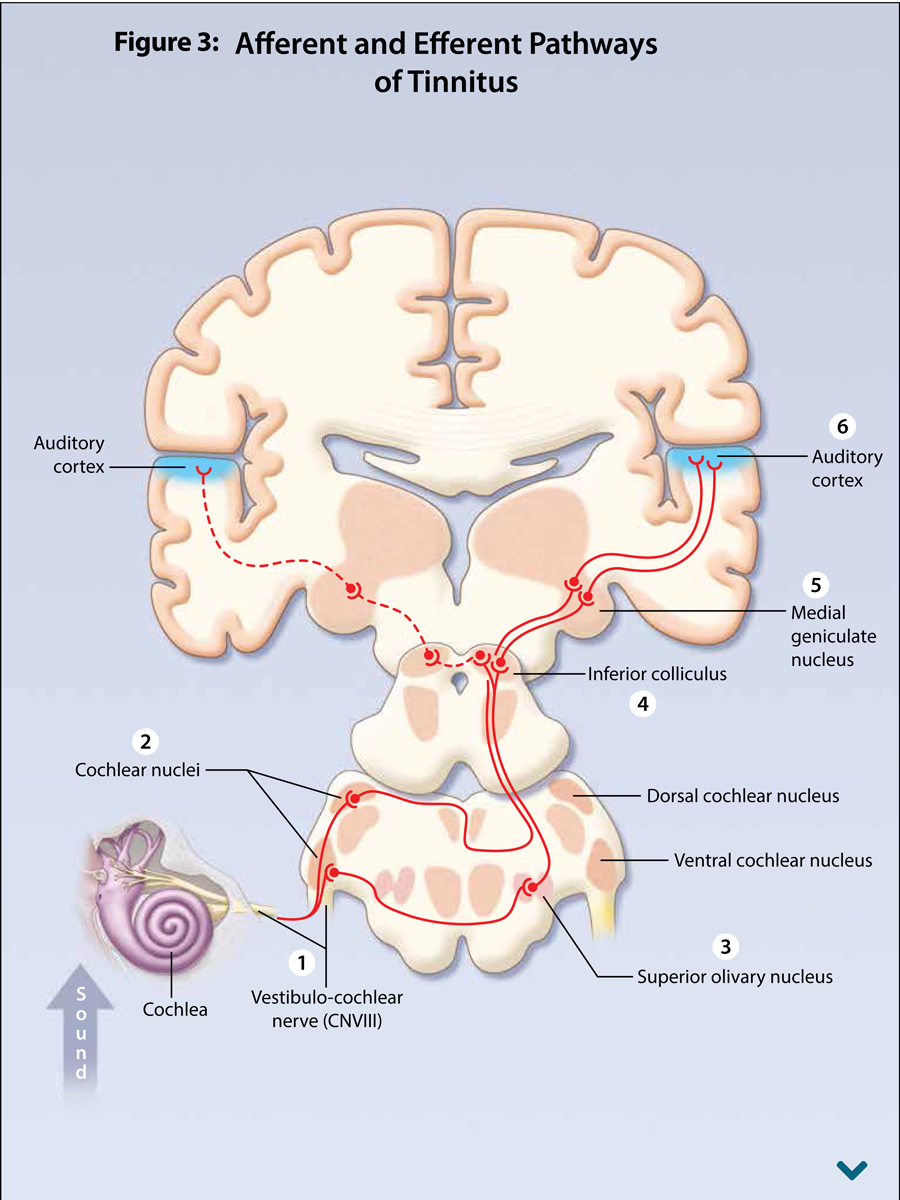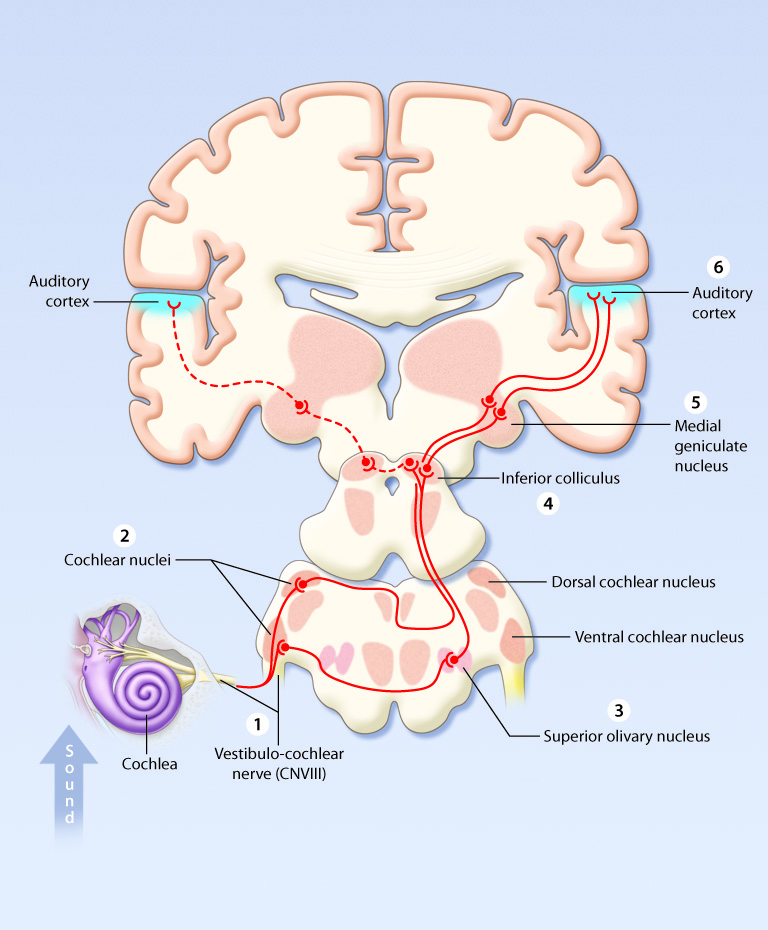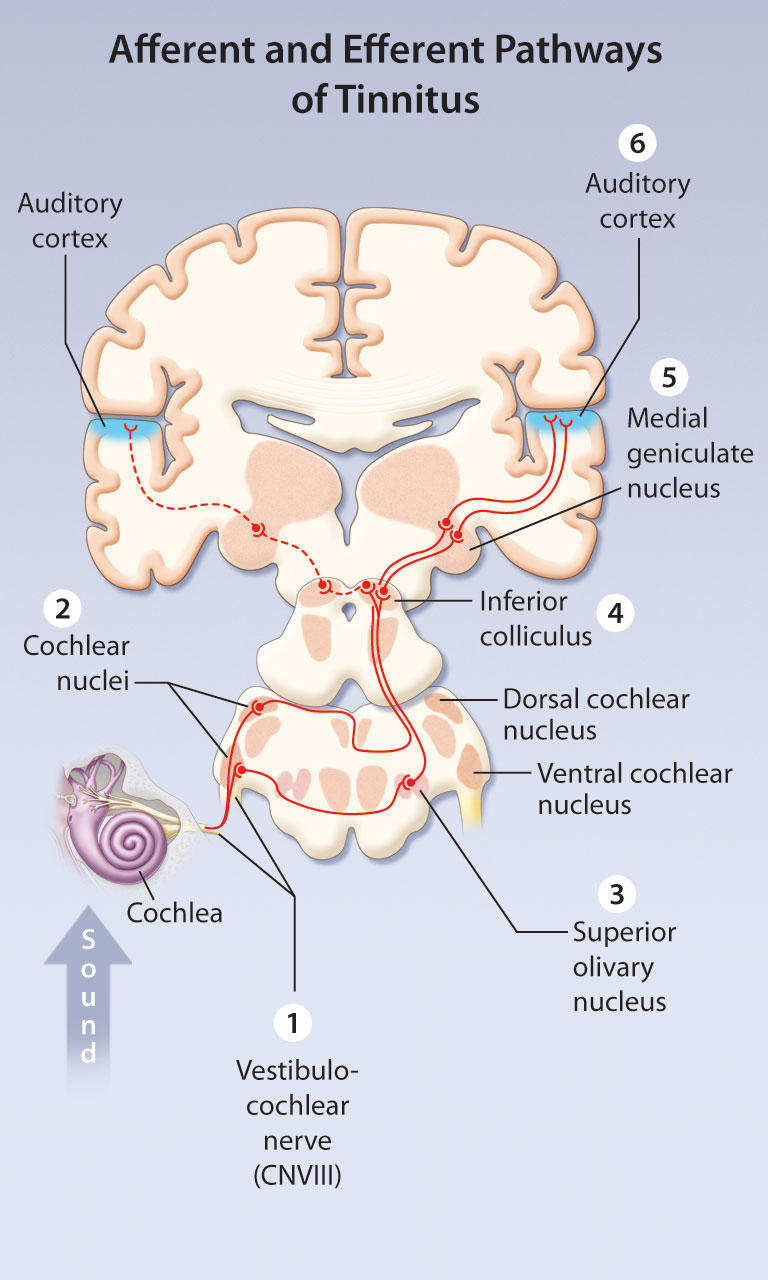Make sure your Substitute Decision-Maker Understand the Rules of Engagement
I have heard it many times, “ I am the POA (wrong use of the term—what they mean is the Substitute-Decision-Maker (SDM) or as is often used in the United States Proxy: the POA is in fact the document outlining the substance of the decisions that are being referred to). But that being said what the person, often a family member, usually an adult child is implying is that by being appointed the SDM (either through an advance directive (living will) or appointed by the legal system or as is the case in Ontario through the hierarchy of the Health Care Consent Act, they can make the decisions on behalf of their family member—often a parent—often one with a disease affecting decision-making such as dementia.
What many SDMs do not realize or wish to ignore is that their role only comes into being when the person that are ostensibly acting for is deemed to have lost their capacity to make decisions—that is to see is incapable using the legal sense of the term—unable to understand and appreciate the implications of their decision-making for what is usually limited to health care decisions—and as it is in Ontario, application to a long-term care facility. What this often means is that SDMs sometimes try to control decisions of their family members who have not been deemed to be incapable, but choose not to get into conflicts with the family members that they know will have to depend on them in the future. I have witnessed situations where an older person admitted to a hospital because of a fall or an injury, but who is mending and able to return home perhaps with some help, is directed by a family member to apply against their real wishes to a nursing home. When for example a social worker asks the person if that is what they want and they say, “no” the family member is often incensed that the social worker is interfering with the “rights” of the SDM to make such a decision on behalf of a reluctant or even refusing parent. Sometimes it is a matter of not understanding the law, or not respecting the person on whose behalf you under other circumstances would be acting. At other times it is an issue of control and the SDM is trying to find a solution ostensibly for the benefit of the person, but at times it is also for the benefit of the SDM in terms of the demands on their time and energy. Sometimes it revolves around issues of medical treatment where either the patient refuses or wishes a treatment that the SDM wants the opposite—the result is often what appears to be an either bullying or blackmail by the SDM toward to person on whose behalf they are to be acting or at extremes to the physicians who are trying to follow the law and adhere to the capable wishes of their patient. It is not easy at times to act in the role of SDM especially for someone you love—the way I often frame it is rather than being a “right” to be carried out by the SDM, it is in fact the “right” to fulfill the duty that one who is appointed as SDM to act on the behalf of a dependent or vulnerable person—that duty is one of the privileges of life and should be undertaken with the utmost seriousness and devotion that one can bring to the situation.

